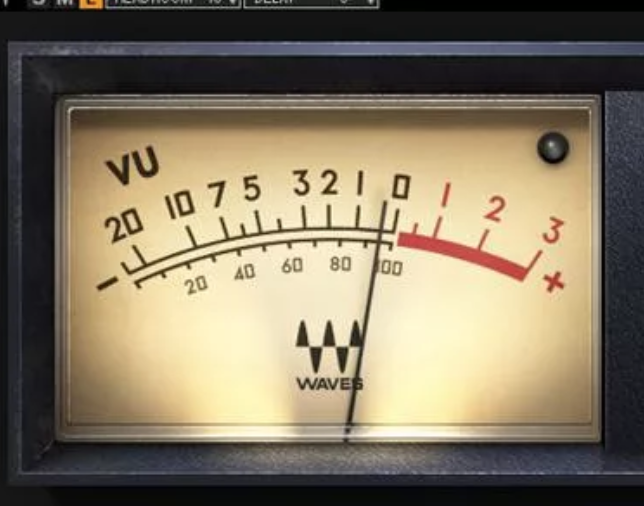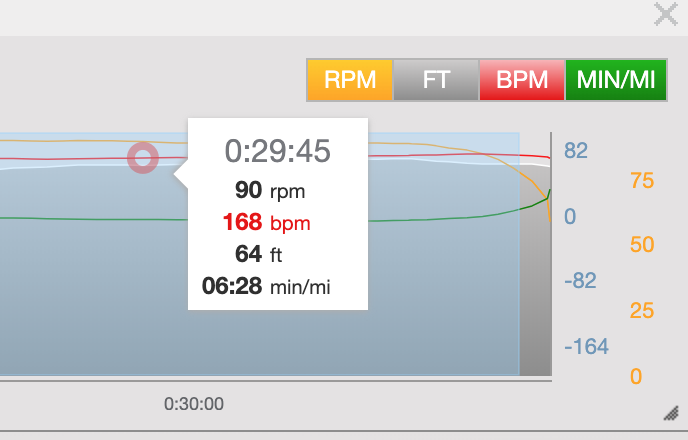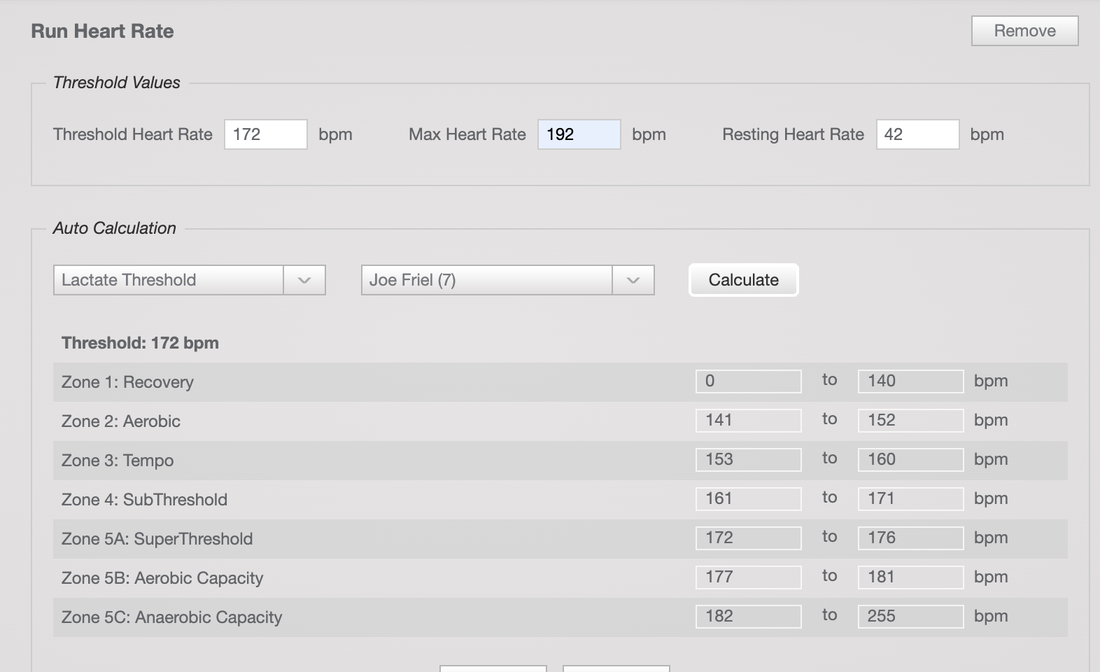A great PA system and a great athlete share something in common, they both have a lot of headroom! Headroom is mostly an audio music term, but I think it makes a good analogy for using heart rate zones for training and racing. Back in my musician days we had to be careful setting microphone, PA or recording volumes. If the volume was set too high distortion occurred and ruined the sound, so we had to keep our settings below that point. The difference between our normal playing volume and where distortion began is called “headroom”. A great PA system and a great athlete share something in common, they both have a lot of headroom! For an endurance athlete the goal is to do most of your training and long distance racing at a controlled heart rate that is well below your heart rate’s redline. Peppered with controlled high HR intervals. If you are able to train and race with your heart rate well below your threshold you have the headroom to react to the increased strain and heart rate from hills or when a competitor attacks. You can crank it up as needed and settle back down to your normal pace. Something like this could happen 20X in a race, and the athlete with the most headroom is the one who usually wins. In bike racing we called this “burning matches.” You only have some many to burn so you have to use them wisely! I can understand the frustration with new runners or cyclists that have to ride or run at their redline just to keep up. In this state the repeated surges or pulls at the front really take their toll and no matter how hard they try they eventually can’t hold the pace. This is really a simple matter where the new athlete has to ride or run in their red zone just to hang. They are suffering and right on the edge. The experienced more efficient athlete is cruising at 15 beats below their redline and have plenty of headroom for surges, hard pulls and longer duration. The key is to know where your redline is and to do most of your training below it. As you develop fitness, form and technique your efficiency increases and you will be able to cruise faster at a lower heart rate and have some headroom. Be patient this takes time. How to find you HR Zones: I like Joe Friel’s method for finding HR zones. You can find this in the “Training Bible” and also it is incorporated as a calculation method if you use Training Peaks. It is based on your Functional Threshold Heart Rate or "FTHR". This is what you can sustain for an hour when going as hard as you can. Very important: you need to do this HR calculation for each sport. It is normal to be higher for running than cycling. The easiest way to calculate this is to run a 5K or to have your HR monitor on when you do a cycling CP20 FTP test. Just take the average HR and multiply it by .95 and you have your FTHR for that sport. The Friel method then applies percentage of the FTHR for each sport. Below is my run FTHR calculated by the Friel method. I can tell you first hand that it makes a lot of sense. When I am fit and in pain cave I can hold run around 181 HR average for a 5K. This is a little less than 20 minutes and if I take .95% it yields a FTHR of 172. I can stay around this HR for a long time on a run (half marathon). And 180 is my redline and where my time is limited, although I can rev right to my max of 192 at the end of of a race. Read on below the graphic to see how I use these zones and some tips I've learned along the way about using HR. aHow to use HR Zones for Running....
Zone 2 Aerobic: Most of your running miles should be here. Zone 3 Tempo: Build to this pace in medium distance runs then back down the last mile to cool down. Zone 4: This is a good place to do your longer interval repeats or long fartlek runs. Zone 5A: 10K to 1/2 Marathon Race Pace Zone 5B: Short interval repeats, 5K races, sprint triathlons or sprint duathlons. Zone 5C: Last 400 meters of a race! Tips on using Heart Rate for Training and Racing Using a heart monitor is a powerful training and racing tool. It is easier than ever to use a HR monitor with the wrist based watch systems. I've found that you need to have the strap pretty tight to get an accurate reading. But the same holds true for chest based straps which always tend to slide down on me when running. Living in Florida it is painfully obvious how heat effects your performance. You will see your HR increase on a very hot day even in your intensity or speed is the same. The bottom line is that you need to focus more on your heart rate than on your pace per mile when it is really hot. Your body can't survive very long with your HR in the 5C zone. Heed that warning and back off until it comes down... unless you see the finish line! There is a lag time from the time you go hard until your heart rate goes up. Be aware of this when doing short races or intervals. In a short race like a 5K I focus on my mile split for the first mile, then focus on heart rate after. Heart rate threshold and max are largely determined by genetics. Mine hasn't changed much over 40 years of collecting data. My speed changes with my training and fitness, and has gotten slower as I age but my FTHR has stayed about the same. When I am really in good shape my heart (like an engine) rev's freer. I can crank it up to the 180's and then recover fast and then ramp it up again. I've know a lot of really good master athletes who have had trouble with irregular heart rate of AFib in their 50's. I'm not an expert, but one aspect of this problem is that you HR goes up and then doesn't come down for an extended period. There are certain factors that can bring this on such as dehydration and exhaustion. But for sure if you ever experience this condition get checked out by a qualified specialist. In conclusion using a Heart Rate monitor is a beautiful thing, it speaks the truth and guides you to reach your limits! I hope you reach yours! Greg
2 Comments
Leave a Reply. |
Greg Pelican
Athlete Archives
June 2023
Categories |




 RSS Feed
RSS Feed